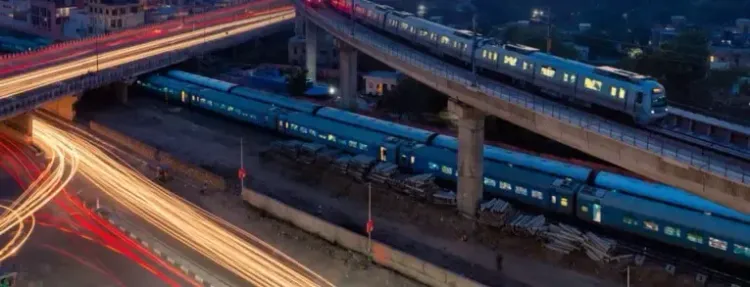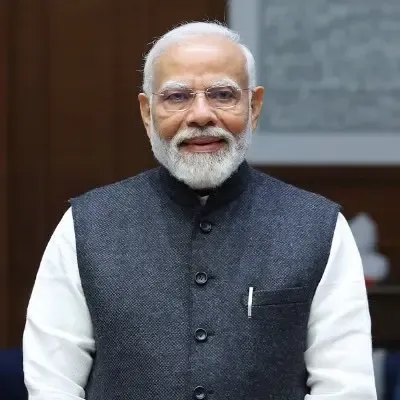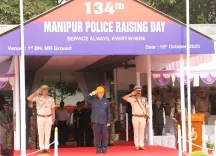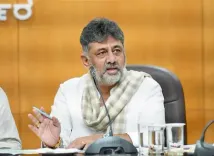What are the five key infrastructure projects evaluated under the PM GatiShakti plan?

Synopsis
Key Takeaways
- Five infrastructure projects evaluated under the PM GatiShakti plan.
- Focus on multimodal connectivity and last-mile access.
- Railway expansions to enhance freight capacity.
- Highway upgrades to ensure smoother transit.
- Metro development to improve urban mobility.
New Delhi, Oct 17 (NationPress) The Network Planning Group assessed five key infrastructure initiatives on Friday, which comprised two highway projects, two railway projects, and a Metro Rail Project, to ensure their alignment with the PM GatiShakti principles of cohesive multimodal infrastructure, last-mile connectivity to economic and social hubs, and a ‘whole-of-government’ strategy.
The railway initiatives feature the expansion of a 65 km rail line between Hosapete and Ballari in Karnataka. This project targets one of the state’s most industrialized and resource-rich corridors, aiming to alleviate congestion on existing routes, boost freight capacity, and foster the swift economic development of the Hosapete–Ballari industrial zone.
The Hosapete–Ballari area is a crucial center for mining, steel manufacturing, energy production, and cement processing. The current double-line system is nearing saturation due to the high volume of bulk commodities like iron ore, coal, steel, and cement.
The second railway project focuses on doubling the 230.5 km railway line from Gondia to Jabalpur across Maharashtra and Madhya Pradesh. The existing single-line section frequently experiences bottlenecks, leading to slower operations, increased turnaround times, and delays in freight handling. This corridor is a vital connection between eastern and central India, supporting various industries, agriculture, and resource-rich areas.
The Ministry of Road Transport and Highways has revealed a considerable proposal for the widening and upgrading of the Mahwa–Mandawar 50-kilometer segment of National Highway 921 in Rajasthan. Currently, this route operates as a 4-lane highway, but due to rising vehicular traffic and the region’s evolving role as a trade and transit corridor, expanding its capacity has become critical.
Once finalized, the enhanced Mahwa–Mandawar stretch will function as a crucial link between Rajasthan, Delhi-NCR, and Haryana, facilitating seamless connectivity across state lines.
The second highway initiative entails constructing a six-lane elevated road and a service road spanning a 13.37-kilometer stretch from Anisabad to Deedargunj in the Patna Metropolitan area.
This project will play an essential role in bolstering regional trade corridors linking Bihar to adjacent states, while also promoting the growth of economic hubs by providing enhanced access to markets, industrial zones, and logistics centers.
The Ministry of Housing and Urban Affairs has proposed the construction of Jaipur Metro Phase 2, featuring a 42.8 km North–South corridor from Prahladpura to Todi Mod. This project will incorporate 36 stations — 34 elevated and two underground — covering significant locations such as Haldi Ghati Gate, Sitapura Industrial Area, SMS Hospital, Ambabari, and Vidhyadhar Nagar.
The alignment along Tonk Road and the Sitapura Industrial Area will enhance connectivity to Jaipur’s key growth areas.
This corridor will connect with the operational East–West line at Chandpole Station and through a foot-over bridge at Jaipur Junction Metro Station, improving access to railway stations and the airport. This is anticipated to alleviate traffic congestion, minimize vehicle use, reduce pollution, and conserve fuel.









